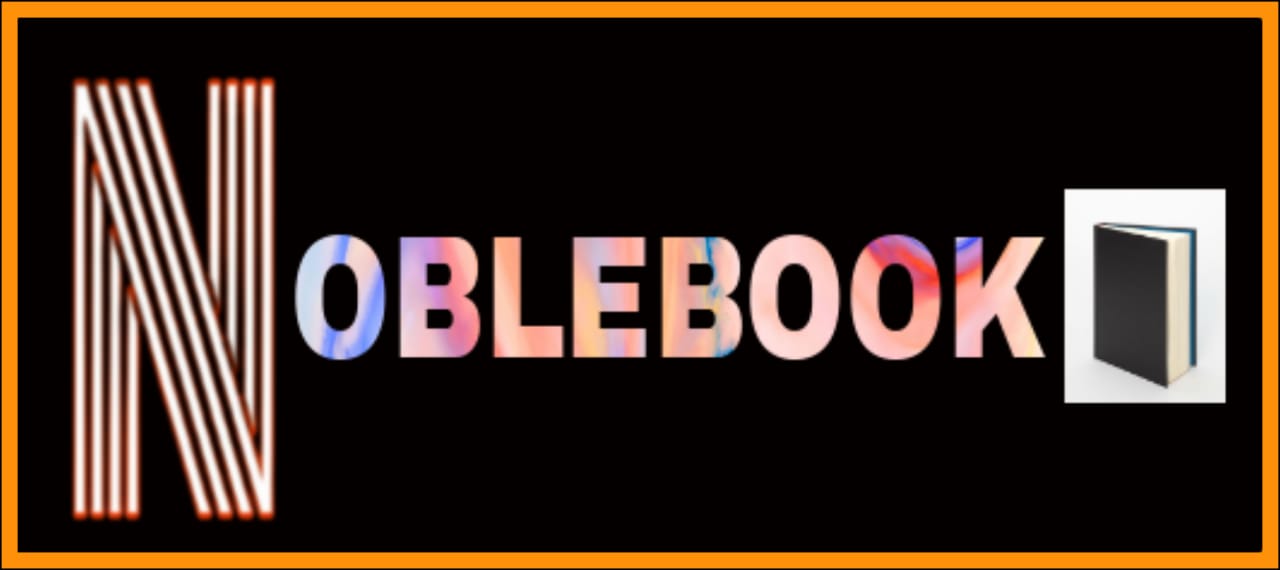contents
Introduction blockchain definitions and types
How can blockchain be used in different applications?
Top 5 Examples of How Blockchain Technology is Transforming Business.
How blockchain uses cryptocurrency to revolutionize smart contracts, financial services, games, supply chain, and domain name industries.
What to Use Blockchain Wallet for Security.
How to Mine Blockchain Machine A Step-by-Step Guide.
The Future of Technology Deep Study of Blockchain and Cryptocurrency.
How would you define blockchain?
The most common answer you’ll get to this question is that it’s an online ledger of transactions, blocks linked together in chronological order through cryptography. That’s true, but the problem with definitions like this one is that they don’t go into detail about what the technology does. If you want to be successful in understanding blockchain and how it works, you need to know more than just its basics; you need to understand what blockchain can do for your business specifically, as well as the different types of blockchains available today. some good different types.
What is a blockchain?
A blockchain is a new technology that’s currently in a state of flux. There are many different types of blockchains: public blockchains, private blockchains, permissioned blockchains (or consortium chains) and hybrid models that combine features of each. Each type has its unique properties and applications. This primer will examine three definitions for blockchain technology as well as three important types of blockchain models.
What are the types of Blockchain?
Blockchains can be separated into two types: public and private. Public blockchains are entirely open to anyone who wants to participate; however, user information may remain anonymous. Some examples of public blockchains include Bitcoin, Ethereum, Litecoin, Dash, Zcash, Ripple, and Monero. The second type of blockchain is a private blockchain. These blockchains have limited participation—only invited individuals with special permissions can join them. Private blockchains use their own rules for validating transactions, which makes them safer than public ones (where consensus must be reached). However, they also tend to require more resources to maintain their privacy. Examples of private blockchains include Hyperledger Fabric and Multichain.
How many blockchains exist today?
How many blockchain implementations do you think there are today? Most people will guess something like hundreds, or perhaps thousands. The answer is over one million. This isn’t a typo—that’s one million different blockchains in existence today, each with its own set of rules for achieving consensus and running smart contracts. But which blockchains are worth paying attention to? What factors differentiate them from one another?
The Future of Blockchain Technology
The world’s first blockchain was conceptualized by a person or group of people known as Satoshi Nakamoto. In 2008, they published a paper titled Bitcoin: A Peer-to-Peer Electronic Cash System that laid out their vision for blockchain technology, which they called a Peer-to-Peer Electronic Cash System. While no one is exactly sure who Satoshi Nakamoto is, everyone agrees that he—or she, or they—were brilliant.






